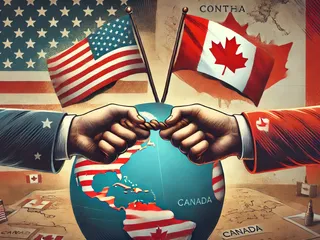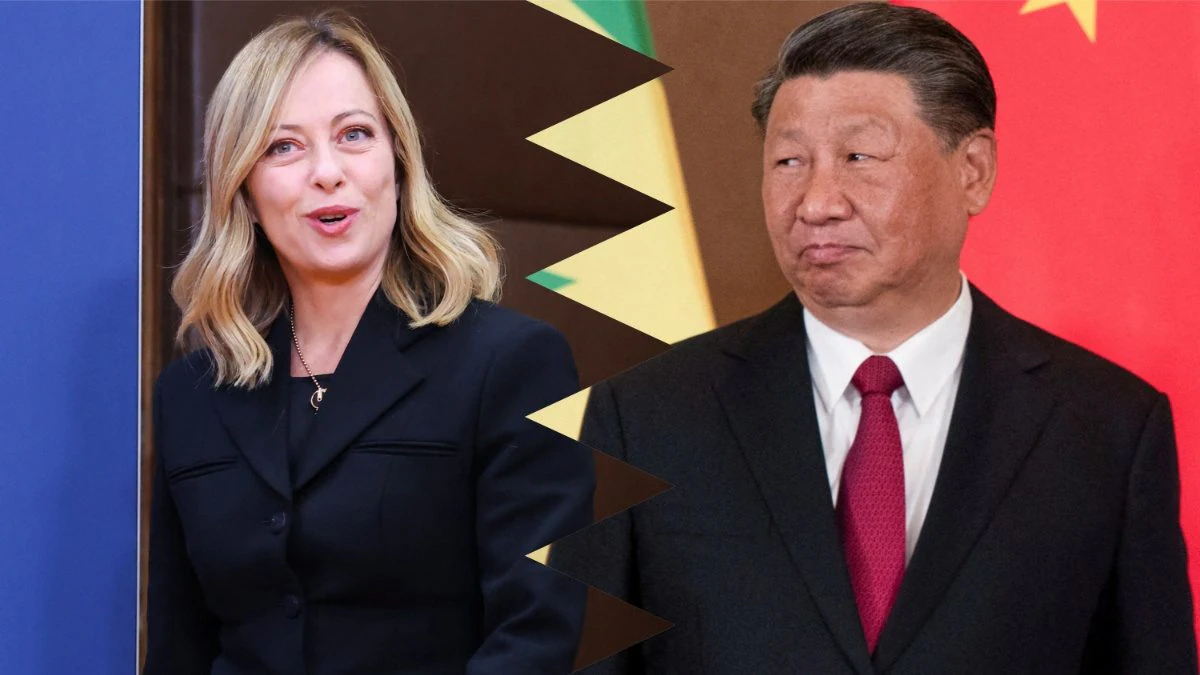The global landscape is shaped by numerous multilateral partnerships, each with unique objectives and memberships. Three prominent examples are the G20, BRICS, and Quad, which, while distinct, often intersect in their areas of focus and influence.
The G20
The Group of Twenty (G20) is an intergovernmental forum comprising 19 countries and the European Union. Its members represent around 85% of the global GDP, 75% of global trade, and two-thirds of the world's population. The G20's primary focus is on international economic cooperation, aiming to address global economic challenges and promote sustainable development. Official G20 Website
BRICS
BRICS is an association of five major emerging economies: Brazil, Russia, India, China, and South Africa. Established in 2009, BRICS aims to foster economic cooperation, trade, and investment among its members. It also seeks to enhance its members' influence in global governance and advocate for reforms in international financial institutions. BRICS Website (Note: The specific website address may vary yearly)
The Quad
The Quadrilateral Security Dialogue (Quad) is a strategic forum comprising Australia, India, Japan, and the United States. Focused on maintaining a free and open Indo-Pacific region, the Quad emphasizes cooperation on maritime security, counter-terrorism, and cyber security. The partnership aims to counter China's growing influence in the region. (Note: There isn't a single, official Quad website. Information is generally available through individual member nation's foreign affairs websites.)
Overlapping Interests and Differences
These three partnerships have areas of both cooperation and competition. For example, all three are concerned with global economic stability, though their approaches and priorities may differ. The Quad's focus on security in the Indo-Pacific directly impacts the regional dynamics that also influence BRICS and G20 discussions. The presence of several nations in multiple partnerships (e.g., India, China, and Russia) creates complex interactions and potential for both synergy and tension.
Conclusion
Understanding the intricacies of the G20, BRICS, and Quad is crucial for comprehending the evolving global geopolitical landscape. Their interactions and influence will continue to shape international relations and economic cooperation in the years to come.























